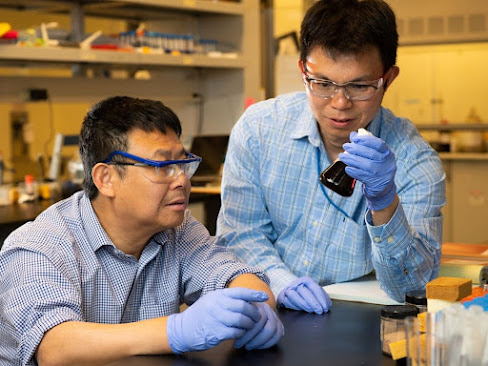The Asteroid Institute, a program of B612 Foundation, today announced it is using a groundbreaking computational technique running on its Asteroid Discovery Analysis and Mapping (ADAM) cloud-based astrodynamics platform to discover and track asteroids. The Minor Planet Center has confirmed and added the first 104 of these newly discovered asteroids to its registry, thus opening the door for Asteroid Institute-supported researchers to submit thousands of additional new discoveries.
The ADAM platform is an open-source computational system that runs astrodynamics algorithms using the scalable computational and storage capabilities in Google Compute Engine, Google Cloud Storage, and Google Kubernetes Engine. The novel algorithm used to discover these new asteroids is called THOR (Tracklet-less Heliocentric Orbit Recovery), and it links points of light in different sky images that are consistent with asteroid orbits. Unlike current state-of-the-art algorithms, THOR does not require the telescope to observe the sky in a particular pattern for asteroids to be discoverable. Researchers can now begin systematic explorations of large datasets that were previously not usable for discovering asteroids. THOR recognizes asteroids, and most importantly, calculates their orbits well enough to be recognized by the Minor Planet Center as tracked asteroids.
For its initial demonstration, Joachim Moeyens, THOR co-creator and the Asteroid Institute Graduate Student Fellow at the University of Washington, searched a 30-day window of images from the NOIRLab Source Catalog (NSC), a collection of nearly 68 billion observations taken by the National Optical Astronomy Observatory telescopes between 2012 and 2019. From this Moeyens submitted a small, initial subset of discoveries to the Minor Planet Center for official recognition and validation. Now that the computational discovery technique has been validated, thousands of new discoveries from NSC and other datasets are expected to follow.















.jpg)